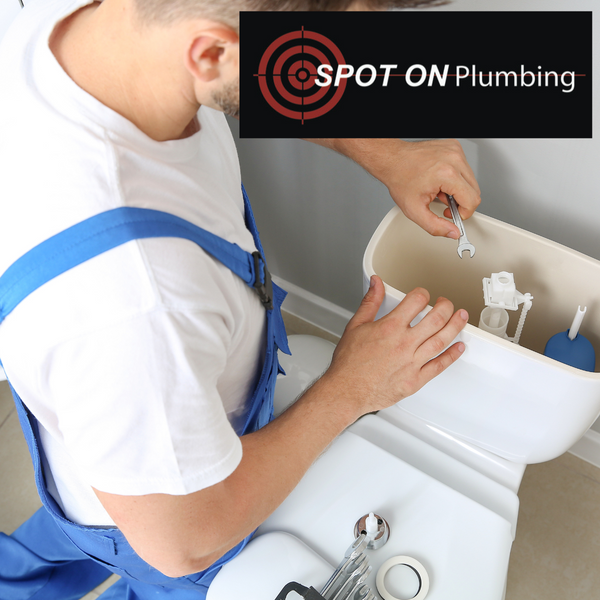1. Two-Piece Toilets
Overview: Two-piece toilets are the most common type found in homes. They consist of a separate tank and bowl that are joined together during installation. Toiler Repairs are a common problem Spot on Plumbing of Owasso Plumbers can take care of for you.
Pros:
- Affordability: Generally more budget-friendly.
- Ease of Maintenance: If one part breaks, you can replace it without having to buy an entirely new toilet.
- Variety: Available in a wide range of styles and sizes.
Cons:
- Seams: The seam between the tank and bowl can be harder to clean and may harbor bacteria and grime.
- Weight: Heavier and bulkier, making installation a bit more challenging.
2. One-Piece Toilets
Overview: One-piece toilets feature a single, seamless design where the tank and bowl are fused together.
Pros:
- Sleek Design: Offers a modern, streamlined look.
- Easy to Clean: Without seams, there are fewer places for dirt and bacteria to accumulate.
- Compact: Typically takes up less space, making them ideal for smaller bathrooms.
Cons:
- Cost: Usually more expensive than two-piece toilets.
- Weight: Heavier, which can make installation more difficult.
3. Wall-Hung Toilets
Overview: Wall-hung toilets are mounted directly to the wall, with the tank concealed inside the wall.
Pros:
- Space-Saving: Excellent for small bathrooms as they free up floor space.
- Modern Aesthetics: Provide a sleek, contemporary look.
- Adjustable Height: Can be installed at a height that suits your preferences.
Cons:
- Installation: Requires more complex installation and may need professional help.
- Cost: More expensive due to both the unit itself and the installation process.
- Maintenance: Accessing the tank for repairs can be more complicated.
4. Smart Toilets
Overview: Smart toilets come equipped with advanced features such as bidet functions, heated seats, automatic flushing, and more.
Pros:
- Luxury and Comfort: Offer high-end features that enhance user comfort and hygiene.
- Water Efficiency: Many models have dual-flush options to conserve water.
- Convenience: Hands-free operation with sensors and remote controls.
Cons:
- Price: Significantly more expensive than traditional toilets.
- Complexity: More features mean more potential for things to go wrong, which could lead to higher maintenance costs.
5. Composting Toilets
Overview: Composting toilets are an eco-friendly option that breaks down waste into compost using natural processes. These make toilet repairs easy and affordable.
Pros:
- Environmentally Friendly: Reduces water usage and turns waste into compost.
- Off-Grid Use: Ideal for remote areas or homes without reliable water sources.
- Sustainability: Reduces your environmental footprint.
Cons:
- Maintenance: Requires regular maintenance and emptying of the compost bin.
- Cost: Initial setup can be more expensive, although it saves on water bills over time.
- Appearance: May not blend seamlessly with modern bathroom aesthetics.
6. Dual-Flush Toilets
Overview: Dual-flush toilets offer two flushing options: a lower volume flush for liquid waste and a higher volume flush for solid waste.
Pros:
- Water Conservation: Saves water by offering a choice of flush volume.
- Efficiency: Can reduce water bills over time.
- Eco-Friendly: Reduces overall water consumption.
Cons:
- Complexity: More moving parts can mean more potential issues.
- Initial Cost: Slightly more expensive than single-flush toilets.


